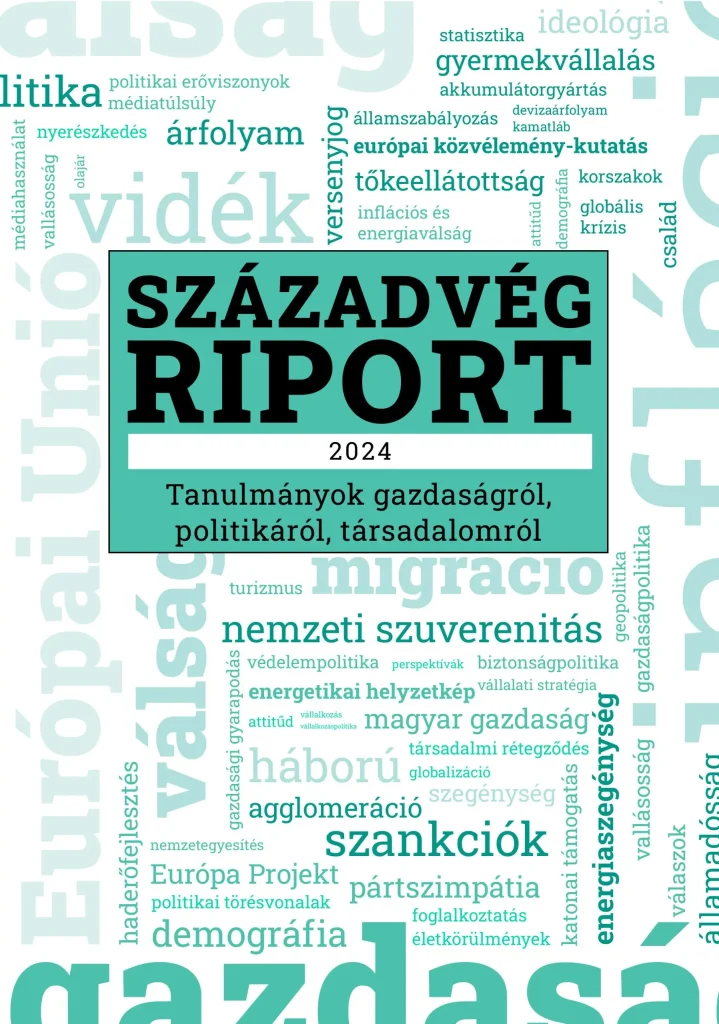The American Dream Through Hungarian Eyes- Our series explores how Hungarians perceive the United States’ society, culture, and the country’s international role and significance. What image do we have of the American way of life? How do we view American society? How do we assess Hungarian-American relations? What do we think about the USA’s global role? We sought answers to these and similar questions in a comprehensive, representative online survey of 1,000 Hungarian adults.
In our first article, we examine the most general associations and present the picture that emerges in Hungarians’ minds when they think of American culture and lifestyle. We explore the concepts, values, and stereotypes that first come to people’s minds about America. The results help us understand how Hungarians think about the United States and what impressions they have of everyday life in America.
Freedom and the American Dream
Our results show that in the minds of Hungarians, the United States is most strongly associated with the idea of freedom. The high frequency of the keyword “freedom” and the dominance of related concepts such as “independence”, “democracy”, and “opportunity” suggest that these values play a central role in the perception of Americans. The explicit appearance of the word “dream” in the responses directly refers to the concept of the “American Dream”.
Hamburger Culture
American gastronomy, especially fast food culture, also appears as a key element in Hungarians’ image of the USA. The terms “hamburger” and “fast food” received an exceptionally high number of mentions, indicating that they are inextricably linked to the American lifestyle in the Hungarian public consciousness. McDonald’s, as the archetype of American fast food chains, also frequently appeared in the responses.
However, this association is ambivalent in nature. On the one hand, fast food restaurants appear as iconic elements of American culture, but on the other hand, they often emerge along negative connotations. The frequent occurrence of terms such as “obesity” and “unhealthy” suggests that Hungarians tend to associate American eating habits with adverse health effects.
Diversity and Multiculturalism
Our research also highlights that Hungarians perceive American society as remarkably diverse. The frequent mention of words such as “diversity” and “multicultural” indicates that the image of ethnic and cultural diversity in the United States is strongly present in the minds of respondents.
It is worth noting that Native Americans, are also relatively frequently mentioned among the associations. This likely reflects the impact of the image of America presented in the Hungarian media and pop culture. This association may be strongly related to cultural products that are particularly popular in Hungary, such as Western films and books.
Material Prosperity and Consumer Society
According to our results, a significant proportion of Hungarians identify the American lifestyle with material well-being and consumer society. The frequency of terms such as “wealth”, “prosperity”, “luxury”, and “money” suggests that the United States exists in the Hungarian public consciousness as a land of opportunity and material success. At the same time, the appearance of the motifs of “waste” and “consumption” also indicates a critique of the American lifestyle.
Pop Culture and Technology
Defining elements of American pop culture, such as “Hollywood”, “music”, or “New York”, often appear among Hungarians’ associations when thinking about the United States. This suggests that overseas entertainment industry and cultural trends are prominently featured in the Hungarian public consciousness.
At the same time, the United States is not only a symbol of pop culture but also of technological development and innovation in Hungarian perceptions. The frequent association of adjectives such as “developed” and “modern” with the USA suggests that respondents consider the country to be one of the frontrunners of the digital revolution and technological progress.
Stereotypes and Criticisms
In addition to positive associations, our research also points to the presence of stereotypes and critical perceptions of Americans in Hungarian public opinion. The frequency of associations such as “stupid” and “arrogant” indicates the existence of negative stereotypes that may feed from various sources, such as media portrayals or personal impressions. The frequent mention of terms such as “war” and “violence” suggests that vivid images of violent moments in American history and society, whether foreign policy conflicts or domestic armed incidents, reside in the minds of some respondents.
Summary
Based on the results of our research, it can be said that Hungarians’ image of the United States is fundamentally positive. The most frequently associated concepts with American culture include freedom, diversity, and (material) prosperity. These notions play a defining role in the perception of the USA and reflect the values and characteristics that Hungarians associate with American society and lifestyle.
Certain elements of American culture, such as hamburgers and fast food chains, also prominently feature in the minds of Hungarians. These associations show the strength of the USA’s cultural exports and indicate that American gastronomy – even if often associated with notions of unhealthy eating – is an integral part of the overseas lifestyle in the Hungarian public consciousness.
However, it is important to highlight that the survey findings suggest that the image of America living in the minds of Hungarians is by no means uniform or homogeneous. The results suggest that the Hungarian perception of American culture and lifestyle is characterized by a kind of complexity and diversity. This diversity reflects the variety of historical experiences, cultural influences, and personal impressions that collectively shape Hungarians’ notions about America.
Our research employed an online survey method (CAWI – Computer-Assisted Web Interviewing) among the Hungarian population aged 18-69. The composition of the sample represents the distribution of the entire base population in terms of gender, age, educational attainment, and place of residence. In total, we surveyed 1,000 individuals during the data collection. We corrected for potential biases using iterative weighting. The data collection took place between May 25 and June 18, 2024.
